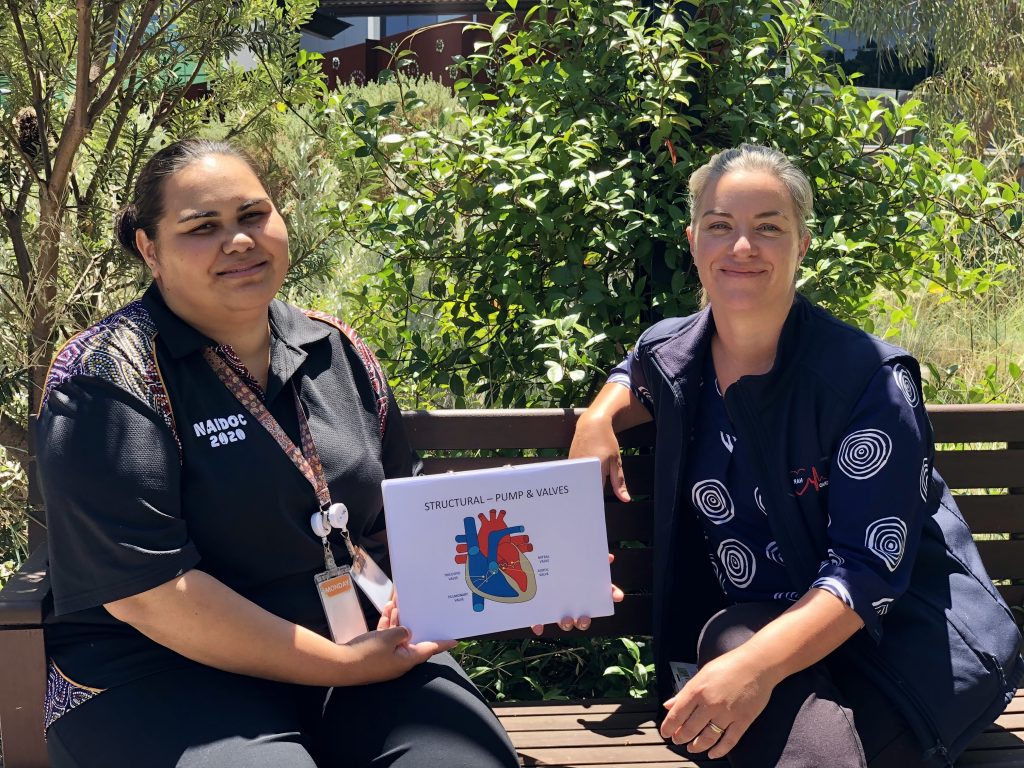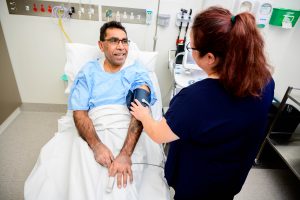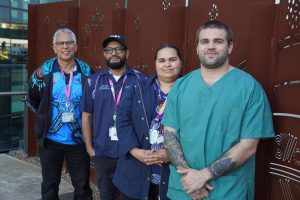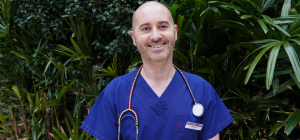CALHN is hoping to overcome communication barriers between professionals and patients through the use of images.
Kate Tyrell, an Aboriginal Health Nurse in Cardiology CALHN, is currently developing a suite of pictorial resources to help Aboriginal and/or Torres Strait Islanders understand their medical procedures. She is hoping that these will be available for any health worker to utilise, in particular, primary health and regional centres that are sending patients for procedures.
Working closely with patients, Kate asked how they’d prefer to receive their health information, with two key themes identified:
- Tell a story through the use of colourful and engaging images
- Tell the story in their language.
When asked how these materials will improve communication between Aboriginal patients and non-Aboriginal health service providers, Kate said that images are very important in conveying complex health information.
“Literature currently available is often very complex, wordy and with few images, making it difficult for patients to understand.”
“The resources that I have developed with feedback from clients only include pictures, and rely on the person delivering the education to tell the story.”
“They (the pictures) help me to deliver culturally appropriate education, with the assistance of an interpreter when necessary and the patient is better equipped with the understanding of their surgical procedure.”
With the support of the Aboriginal & Torres Strait Islander Health & Wellbeing Hub, a bigger project is underway to develop resources in three of the five main languages seen at the Royal Adelaide Hospital (Pitjantjatjara, Arrernte, Warlpiri, Yankuntjatjara and Luritja).
Whilst the communication materials are not readily available online just yet, Kate is seeking feedback from health professionals such as Aboriginal health practitioners, GPs and nurses. If you are interested, please reach out to Kate via the CALHN switchboard (08) 7074 0000.



